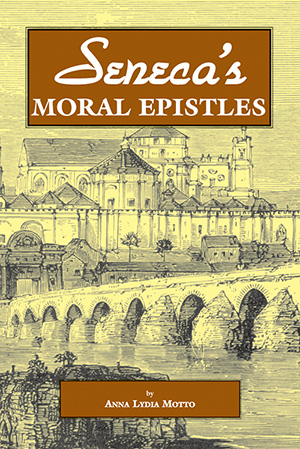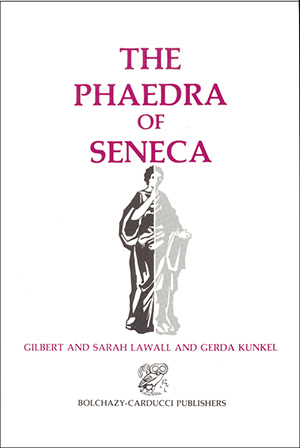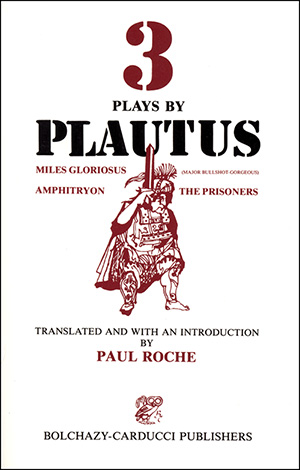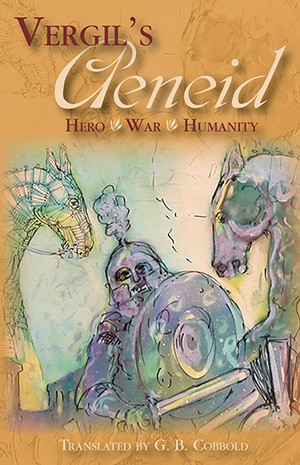Rutenberg's adaptation of Seneca's Oedipus is the first translation of this Roman tragedy to interpolate excerpts from Seneca's moral philosophies into the text. This juxtaposition of Seneca's calm, rational thought with the passionate, highly theatrical language of his play creates an exciting synergy of powerful emotional and intellectual appeal. Seneca believes that human beings live at the whim of blind chance or divine will. He is interested in how we face a tragedy not of our own making, how we respond to something beyond our control. His central tenet is that we must try to accept suffering with dignity, grace, and mercy. This philosophy is as relevant today, in a world filled with repeated horrors against innocents, as it was in ancient times.
Special Features
- Introduction to Seneca, with a comparison of ancient Greek and Roman drama, and approaches to presenting the play for modern audiences
- Text of Seneca's Oedipus in English adaptation
- Appendix I: Senecan Sources for the New Choral Odes
- Appendix II: Original Choral Odes
- 5 photographs from the production of the play at Manhattan's Loewe Theatre by the Dept. of Theatre, Hunter College of the City University of New York







